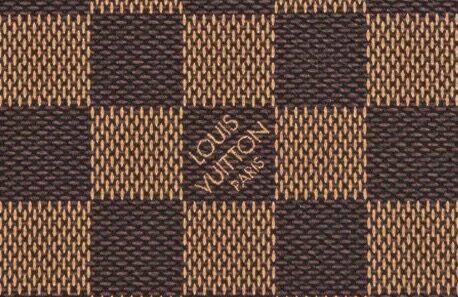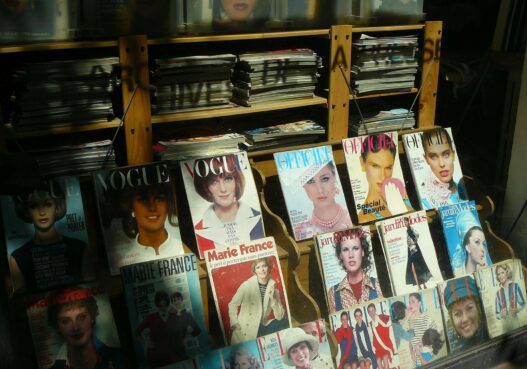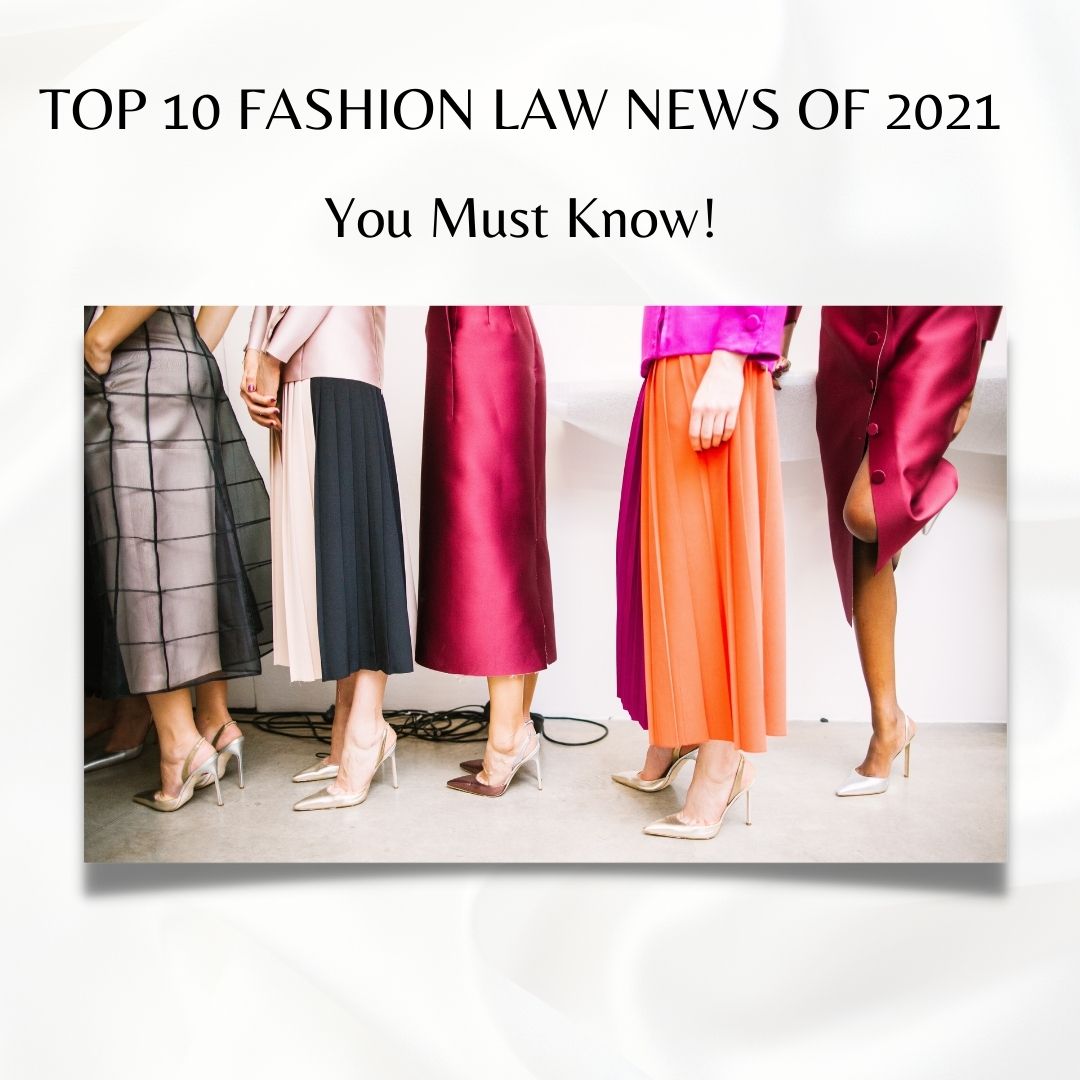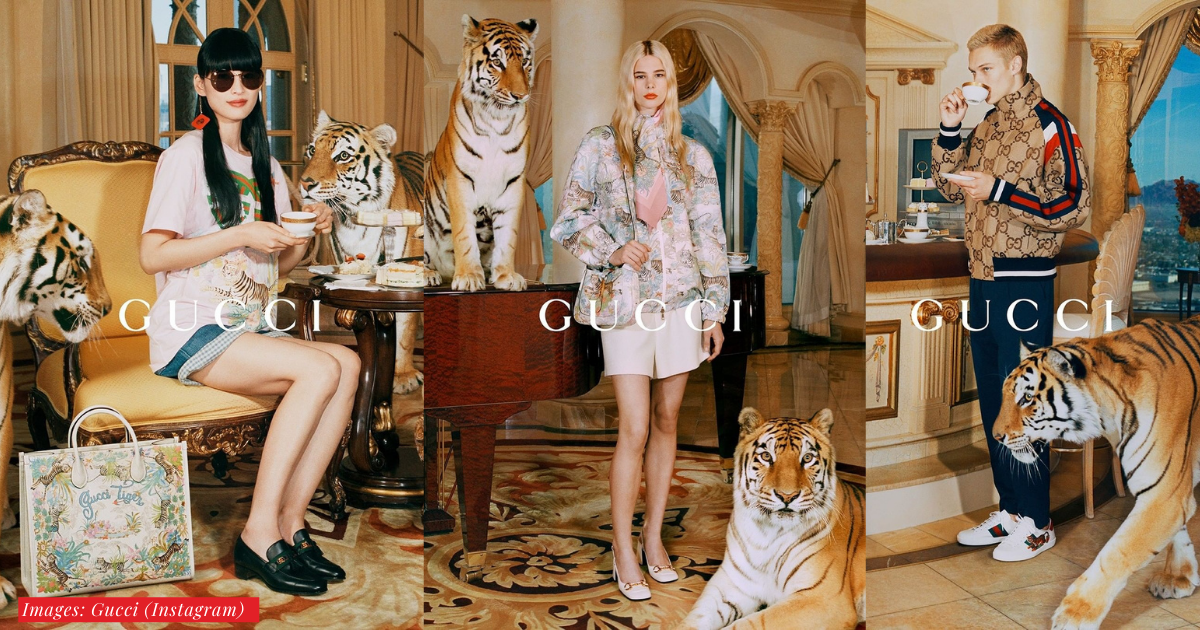Picture this: a cover of Vogue, showcasing a stunning model. Now, imagine that model isn’t real. Not in the traditional sense, anyway. Artificial intelligence is infiltrating every corner of our lives, and the fashion industry is no exception.
Vogue US ignited significant panic in the fashion industry with a Guess advertisement that featured AI-generated images in its August 2025 edition. The question everyone’s whispering is: Is the industry right to panic?
The Rise of AI-Generated Models: A Technological Shift in Fashion
AI models aren’t just fancy mannequins. They’re complex computer programs capable of generating photorealistic images of people, clothes, and even entire scenes. The specific tools some fashion brands might experiment with are generally closely guarded secrets; however, these models are typically trained on massive datasets of images. Think millions of photos from past fashion shows, editorial spreads, and everyday snapshots.
These datasets feed algorithms that learn to recognise patterns, textures, and compositions. The result? The ability to create entirely new images, featuring people who don’t exist, wearing clothes that haven’t been physically produced yet, in locations that might be digitally rendered. It’s a powerful tool, offering brands unprecedented control over their visuals. For example, a company can dictate precise body types, skin tones, and poses, thereby eliminating the need for casting calls and extensive photo shoots.
Is AI a Threat to Fashion Industry Jobs? Examining the Panic
The promise of efficiency and control is alluring, but the potential impact on human models, photographers, makeup artists, and stylists is causing serious concern. Some sources show a rise in automation across fashion-related roles. While exact figures on job displacement directly attributable to AI are difficult to pinpoint, the anxiety is real.
Imagine a young model just starting, dreaming of gracing the cover of Vogue. Now, she has to compete not only with other talented individuals but also with an algorithm that can generate a “perfect” model on demand. The stakes are even higher when considering the time investment. Training robust AI models requires substantial computing power and resources, resulting in a significant carbon footprint. This raises questions about the environmental cost of chasing AI-driven efficiency in fashion.
Vogue and Beyond: The Benefits and Drawbacks of AI Models
The use of AI models presents both opportunities and challenges. Brands might reduce production costs, target niche markets with hyper-personalised campaigns, and experiment with bolder, more creative concepts. Vogue, always at the forefront of fashion, could utilise AI to visualise future trends, create interactive experiences, and even allow readers to “try on” clothes virtually.
However, the drawbacks are equally significant. The lack of human emotion and experience in AI-generated imagery could lead to sterile, uninspired content. The industry risks losing the artistry and spontaneity that comes from collaborating with real people. Furthermore, an over-reliance on AI could stifle creativity and diversity, leading to the homogenization of beauty standards.
Ethical AI Models in Fashion: Addressing Bias and Representation
One of the biggest concerns is the potential for bias in AI-generated models. If the training data is skewed towards specific demographics, the resulting models will perpetuate those biases. This could lead to a lack of representation for diverse body types, skin tones, and ethnicities. Creating truly inclusive, ethical AI models in fashion requires careful attention to the datasets used for training and ongoing monitoring to identify and correct biases.
The human element is critical. Without proper oversight, AI could easily reinforce harmful stereotypes and contribute to unrealistic beauty ideals. A thoughtful and transparent approach is necessary, where the source of the images is always clear.
Addressing the “Panic”: Can AI and Human Models Coexist?
The fashion industry doesn’t have to be a zero-sum game. AI and human models can coexist and even complement each other. Instead of replacing human models entirely, AI could be used as a tool to enhance their work. For example, AI could assist with tasks such as retouching, styling, and creating virtual backdrops.
What about alternatives? Fashion publications could actively seek out collaborations with AI artists and digital creators, commissioning unique and innovative projects that showcase the potential of AI while valuing human creativity and ingenuity. They can embrace technology while celebrating diversity by creating campaigns that blend AI-generated imagery with real-world models, thereby showcasing the benefits of both.
The Future of Fashion: AI’s Role in the Industry at Large
The future of fashion will likely involve a hybrid approach, where AI plays an increasingly important role but doesn’t completely overshadow human talent. Vogue, as a leading voice in the industry, has a responsibility to lead the way in the responsible adoption of AI. This means prioritising ethical considerations, promoting diversity and inclusion, and ensuring that human creativity remains at the heart of fashion.
Instead of succumbing to panic, the fashion industry needs to adopt a forward-thinking approach, focusing on how AI can be leveraged to augment human capabilities, foster creativity, and contribute to a more inclusive and sustainable future. The conversation is just beginning, and the choices we make now will shape the industry for years to come.



















